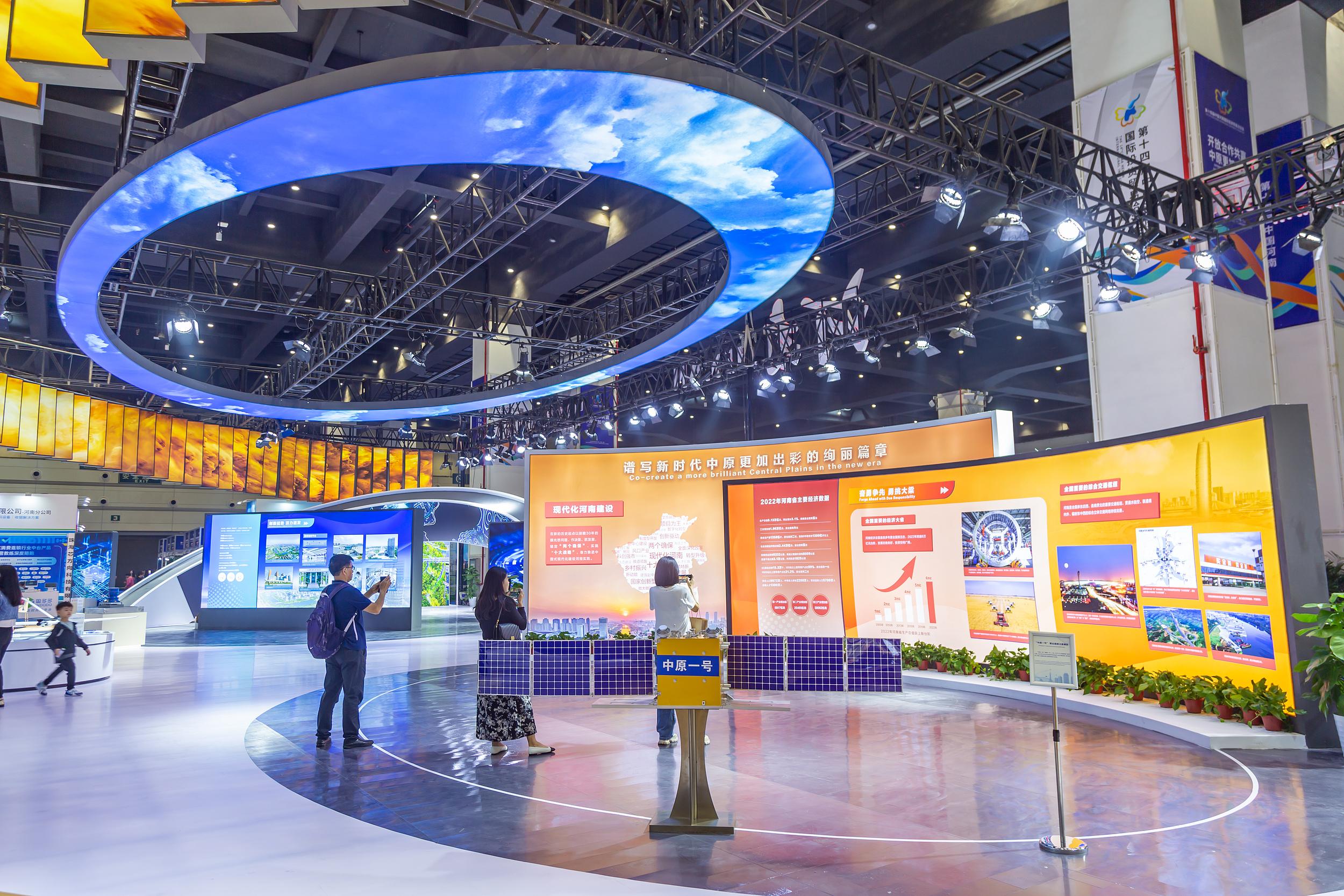Hebi Enters Commercial Aerospace Arena
Four satellites were launched from China's Taiyuan Satellite Launch Center in December, 2024, bringing the total number of operational satellites in the country's largest commercial radar remote sensing constellation, known as the Nüwa Constellation, to 12.
The 12 satellites are now continuously transmitting data from an altitude of over 500 km to the satellite operations center in Hebi city, Henan province. This data is essential for staff analysis and research, providing swift and high-quality monitoring services for urban development.
From R&D to manufacturing, operation, and innovative applications, Hebi is establishing a comprehensive "aerial and terrestrial" commercial aerospace industrial cluster.

Once labeled as a resource-based city, it is now aligning itself with high-quality growth by focusing on the development of the satellites, rockets, data, and services industrial chain.
"We have currently launched 12 satellites and plan to network a total of 114 satellites in the Nüwa Constellation by 2027," said Wang Yuxiang, chairman of PIESAT, a commercial satellite company.
As a fast-evolving, economically beneficial, and highly synergistic new industry, commercial aerospace is a critical growth driver for China's economy and offers vital support for the nation's transition to a strong aerospace country.
To accelerate its digital transformation strategy and seize opportunities in satellite and application development, Hebi has established an initial satellite industry fund of 400 million RMB, attracting nearly four billion RMB in social investment. This funding primarily supports the development of satellite manufacturing, launching and applications, facilitating the rapid networking of the Nüwa Constellation and capturing strategic advantages in the satellite industry.
Now, the city has established a comprehensive commercial aerospace industrial chain encompassing satellite design, R&D, assembly and testing, rocket R&D, manufacturing and launching, and satellite data applications.
Nearly 40 commercial aerospace upstream and downstream enterprises have settled in the city's satellite manufacturing industrial park, creating a cluster effect driven by leading companies that attract others to Hebi.
The aerospace science education base is also a highlight of the satellite manufacturing industrial park, where visitors can observe a replica of the Tianhe core module of China's space station Tiangong, the space simulator, and the 3D aerospace cinema. These exhibits have attracted numerous students for research and learning.
Huang Chao, general manager of the education base, said, "This is an aerospace science education base that integrates immersive scene tours, aerospace mission experiences, and aerospace engineering education. It is also a part of Hebi's larger goal of building a robust aerospace industry."






